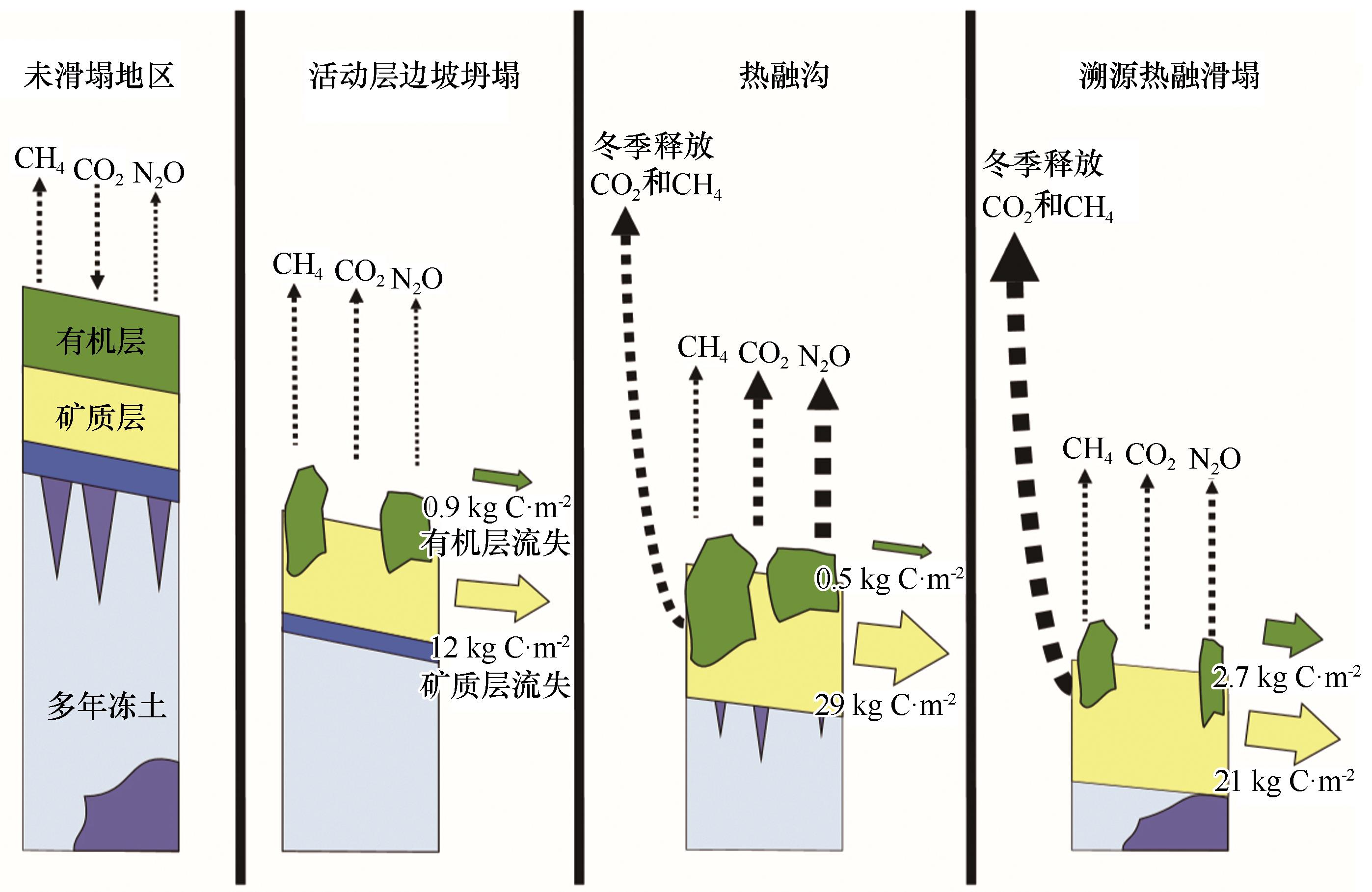
 Fig.3 The development of thaw slump on the Eboling mountains of the Qilian Mountains on the northern Qinghai-Tibet Plateau from 1997 to 2015 (based on 2009 satellite imagery). The widest part of the slump widened by 24 m from 1997 to 2009, and widened by 30 m from 2009 to 2015; the source of the slump retreated 23 m from 1997 to 2009, and from 2009 to 2015 going back 29 m
Fig.3 The development of thaw slump on the Eboling mountains of the Qilian Mountains on the northern Qinghai-Tibet Plateau from 1997 to 2015 (based on 2009 satellite imagery). The widest part of the slump widened by 24 m from 1997 to 2009, and widened by 30 m from 2009 to 2015; the source of the slump retreated 23 m from 1997 to 2009, and from 2009 to 2015 going back 29 m